Belize Economic Stability
The Belize economy is primarily agro-based. Belize trade is dominated by agricultural products, with products such as sugar and bananas having been the highlight of trade for a long time.
However, as a result of new policies, the economy has shifted its focus towards tourism as a potent sector to advance national growth. Tourism now contributes more foreign exchange than the traditional trades in Belize, although it remains vulnerable to shifts in global economics.
Belize Trade, Exports and Imports
The global recession in 2008 caused Belize’s trade to suffer. Its exports were $467.7 million, but the export volume fell in 2009 to $395 million.
The best explanation could be the drop in demand around the world as well as lesser productivity due to unavailability of credit.
These are Belize’s primary exports:
- Sugar
- Bananas
- Citrus
- Clothing
- Fish products
- Molasses
- Wood
- Crude oil
The major export partners are:
- US
- Nigeria
- Italy
- UK
This is how the aforementioned countries contribute to the total export volume (in percentage):
The Teak Wood Industry
The natural teak forests in traditional Southeast Asian teak players have been damaged by extensive logging. This has caused the countries like India, Laos, Thailand, and especially Myanmar to impose regulations and bans on the logging and export of teak logs that have not been processed. Because of this, supplies from these traditional sources of teak have decreased, leading to some dramatic shifts in the teak industry.
Even as the supply was decreasing, the demand grew unabated. This forced the industry to turn to Latin American countries and Belize for supply. That’s why it’s such a great time to make investments in the teak industry. Latin America and Belize’s teak plantations are now expected to fill the gap between supply and demand.
Teak Plantations in Latin America and Africa
Even as the supply was decreasing, the demand grew unabated. This forced the industry to turn away from Myanmar and other countries in Southeast Asia, in favor of Latin American and African countries. That’s why it’s such a great time to make investments in the teak industry. Latin America and Belize’s teak plantations are now expected to fill the gap between supply and demand.
Africa saw the first major boom of teak plantations, in such countries as the Ivory Coast, Ghana, Benin, Togo and Nigeria. Latin America came along a bit later, but several countries there have well developed teak plantations, such as Panama, Nicaragua and Ecuador. Production in these countries is not nearly what the production potentials of their south east Asian counterparts was. However, it’s still noteworthy and continues to grow.
The economy is Belize is based in agriculture, with products like bananas and sugar dominating trade. New policies, however, have caused a shift towards the tourism sector, which now contributes more to the foreign exchange despite being a vulnerable sector.



